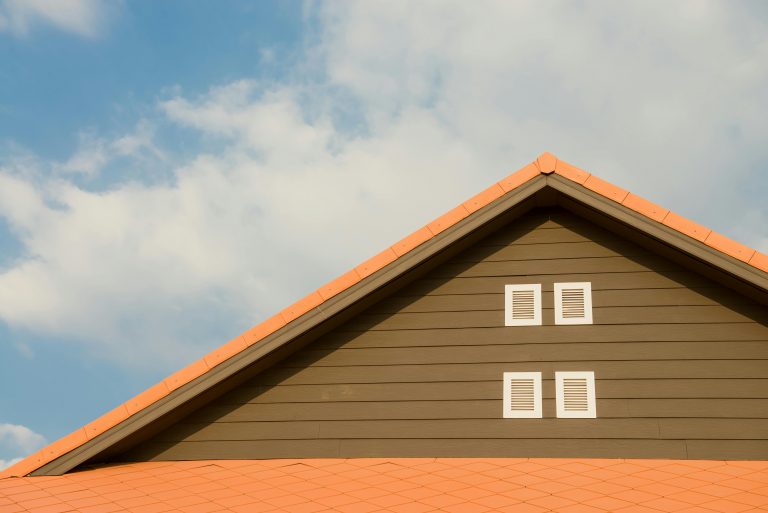

Wind and hail damage can cause major problems for your roof that can result in expensive roofing repairs. However, there are ways to prepare for hail damage if you get warning before a storm hits.
If you have time, check your home insurance policy to see if you’re covered for wind and hail damage repair. Many insurance policies will cover both, but some will set them at a higher deductible. It’s important to know what you’re covered for, and you should adjust your coverage if you live in an area where weather events are common.
In order to reduce damage before a storm, you should take a look at your roof and see if you need to call your local residential roofing contractors. If you have curled, worn or missing shingles, you should have them replaced. If your roof is getting old, it might not be a bad idea to invest in re-roofing before hail season begins.
When a storm hits, the health of your roof will often come down to the strength of your sheathing and gables. Sheathing is the wooden structure that your shingles rest on, and it helps transfer the force of the wind from your roof to your walls so your roof doesn’t blow off entirely.
Sheathing can fail if it’s not properly attached to your rafters and trusses, or if the nails attaching it are too short to be effective. Before a storm, when it’s still safe to do so, pop up into your attic and have a look around. If you’ve had problems with condensation in your attic before, check for any sheathing that’s swollen or delaminating. If you call in a contractor, ask if there’s anything they can do to limit either of these issues and protect your roof sheathing.
You can also ask your contractor what sheathing materials will offer you the best protection against wind and hail.
The gables or side walls of your roof should be inspected as well, since they can collapse under strong winds. Brace your gables using wood if you need to. If hail is a major problem in your area, it might not be a bad idea to invest in impact-resistant shingles.
The key to weathering a hail or wind storm is to be as prepared as possible.
Continue reading here.






